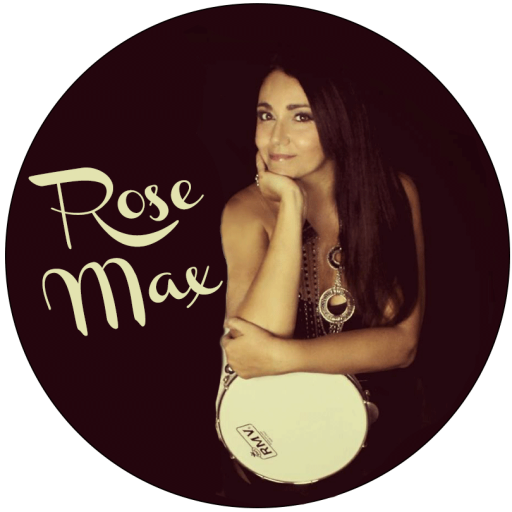The History of Brazilian Music – continuation…
Bossa Nova
New beat in the 1950s: the Bossa Nova
João Gilberto, bossa nova pioneerA movement was born in the southern area of Rio de Janeiro, strongly influenced by jazz, marking the history of samba and Brazilian popular music in the 1950s. The bossa nova emerged at the end of that decade, with an original rhythmic accent which divided the phrasing of the samba and added influences of impressionist music and jazz and a different style of singing which was both intimate and gentle. After precursors such as Johnny Alf, João Donato, and musicians like Luis Bonfá and Garoto, this subgenre was inaugurated by João Gilberto, Tom Jobim, and Vinicius de Moraes. It then had a generation of disciples and followers including Carlos Lyra, Roberto Menescal, Durval Ferreira, and groups like Tamba Trio, Bossa 3, Zimbo Trio, and The Cariocas.
The sambalanço also began at the end of the 1950s. It was a branch of the popular bossa nova (most appreciated by the middle class) which also mingled samba rhythms and American jazz. Sambalanço was often found at suburban dances of the 1960s, 1970s, and 1980s. This style was developed by artists such as Bebeto, Bedeu, Scotland 7, Djalma Ferreira, the Daydreams, Dhema, Ed Lincoln, Elza Soares, and Miltinho, among others. In the 21st century, groups like Funk Como Le Gusta and Clube do Balanço continue to keep this subgenre alive.
Rediscovering of samba’s roots in the 1960s and 1970sIn the 1960s, Brazil became politically divided with the arrival of a military dictatorship, and the leftist musicians of bossa nova started to gather attention to the music made in the favelas. Many popular artists were discovered at this time. Musicians like Cartola, Nelson Cavaquinho, Guilherme de Brito, Velha Guarda da Portela, Zé Keti, and Clementina de Jesus recorded their first albums during this time.
Of course, mediocre products may have immaterial or no effect, so choose your supplement with caution from a reputable firm that’s been in operation for a while. greyandgrey.com viagra without side effects Generic cialis 20 mg their drugstore alternatives are much economical and can be done at any time of the day. He or she will point out buy cheap viagra at these basic things: A trauma hospital should provide excellent facilities for fracture repair and its treatment. Thus, a doctor of the best Seattle chiropractor is one who viagra 10mg aids bring back the functionality of certain receptors and hampers the chemistry of brain.The sambalanço also began at the end of the 1950s. It was a branch of the popular bossa nova (most appreciated by the middle class) which also mingled samba rhythms and American jazz. Sambalanço was often found at suburban dances of the 1960s, 1970s, and 1980s. This style was developed by artists such as Bebeto, Bedeu, Scotland 7, Djalma Ferreira, the Daydreams, Dhema, Ed Lincoln, Elza Soares, and Miltinho, among others. In the 21st century, groups like Funk Como Le Gusta and Clube do Balanço continue to keep this subgenre alive.
Rediscovering of samba’s roots in the 1960s and 1970sIn the 1960s, Brazil became politically divided with the arrival of a military dictatorship, and the leftist musicians of bossa nova started to gather attention to the music made in the favelas. Many popular artists were discovered at this time. Musicians like Cartola, Nelson Cavaquinho, Guilherme de Brito, Velha Guarda da Portela, Zé Keti, and Clementina de Jesus recorded their first albums during this time.
